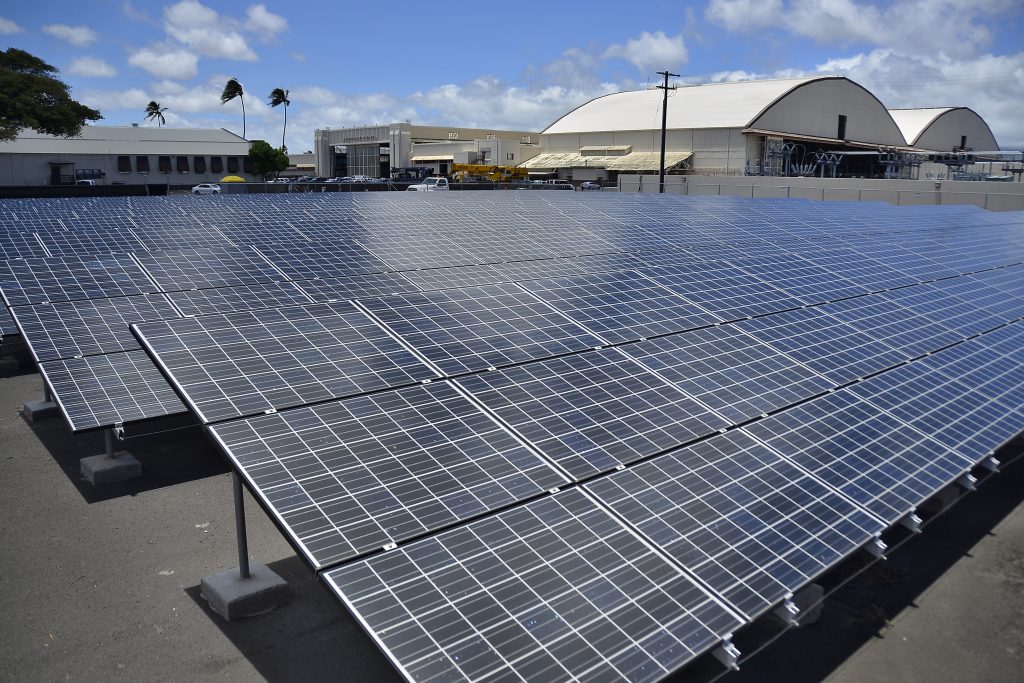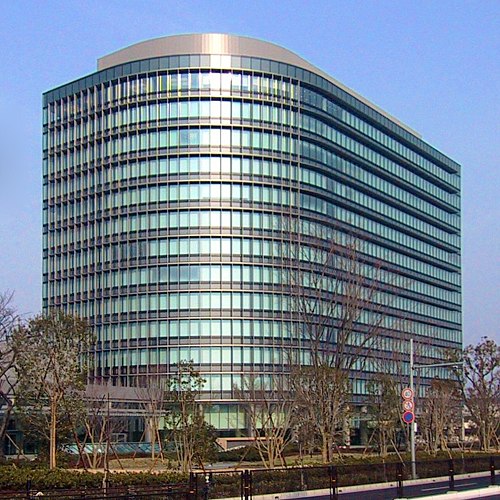Solar Power Is on the Rise Nationwide Despite Recent Protectionist Tariffs
The United States of America has added more solar energy than any other renewable or non-renewable energy resource in the first quarter of 2018. According to a recent report from the Solar Energy Industries Association, a D.C. based non-profit trade association of the country’s solar-energy industry, the domestic solar markets increased 2.5 gigawatts of new energy capacity in the first three months of this year. This is seen as a 13% increase from last year’s first quarter in 2017.
The study’s research has also shown this increase in solar energy accounts for 55% of all domestic energy added in this year’s first quarter, which includes other forms of non-renewable and renewable energies. Another study from CarbonBrief.org shows that solar power in 2017 is on the rise globally compared to fossil fuels, hydroelectricity, wind power, and nuclear fission.
SEIA projects that despite a global cost decrease for the renewable energy resource, installations for 2017 and 2018 as well as the short-term future may decrease due to recent tariffs imposed on imported solar panels by U.S. President Donald Trump. According to the U.S. Energy Information Administration, most domestic imports have been from Asia, including countries such as Vietnam, China, Malaysia, and South Korea.
Domestically, states across the country are becoming central hubs for the solar industry. Another study from the SEIA has shown that while California is the number one state for solar installations, southern states such as North Carolina, Texas, and Georgia as well as northern states like New York, Massachusetts, and New Jersey are within the study’s top ten rankings. Recent data compiled by the energy website PowerWeb has put China as the number one solar producing country in the world with the United States in second place and countries such as Japan, India, and Pakistan within the top ten.




